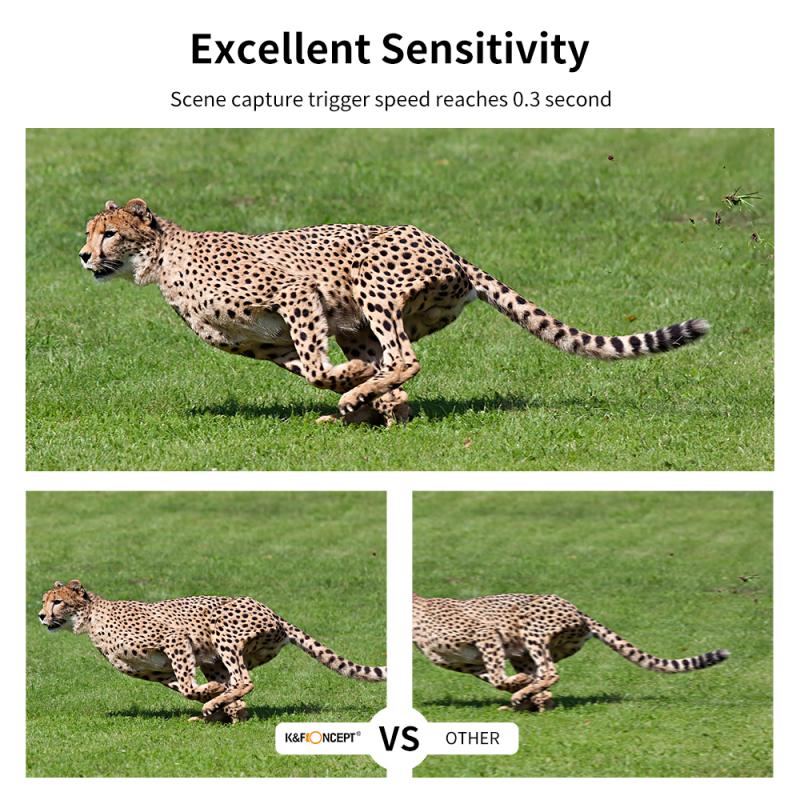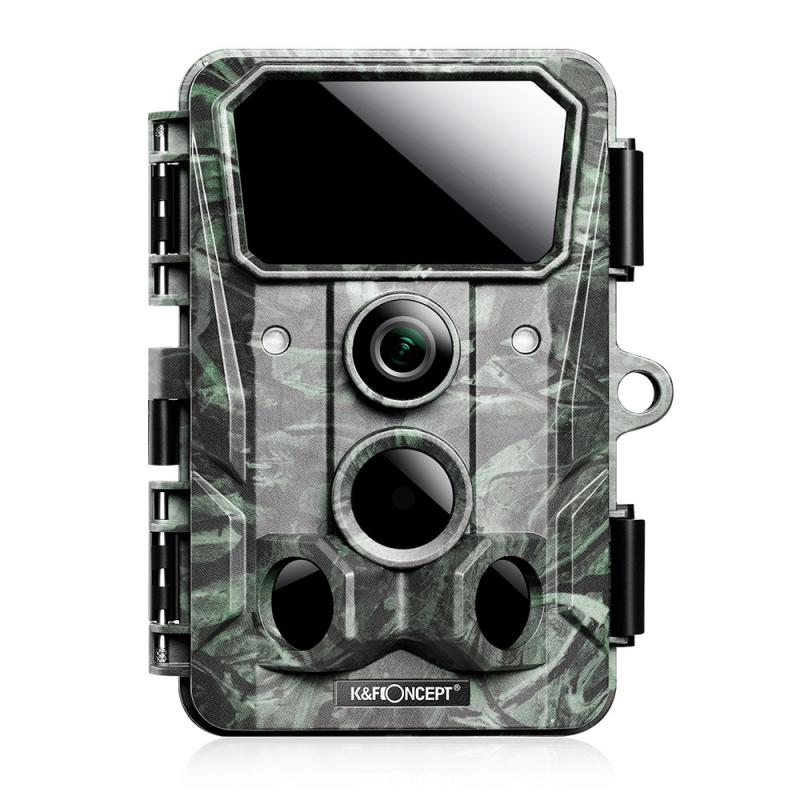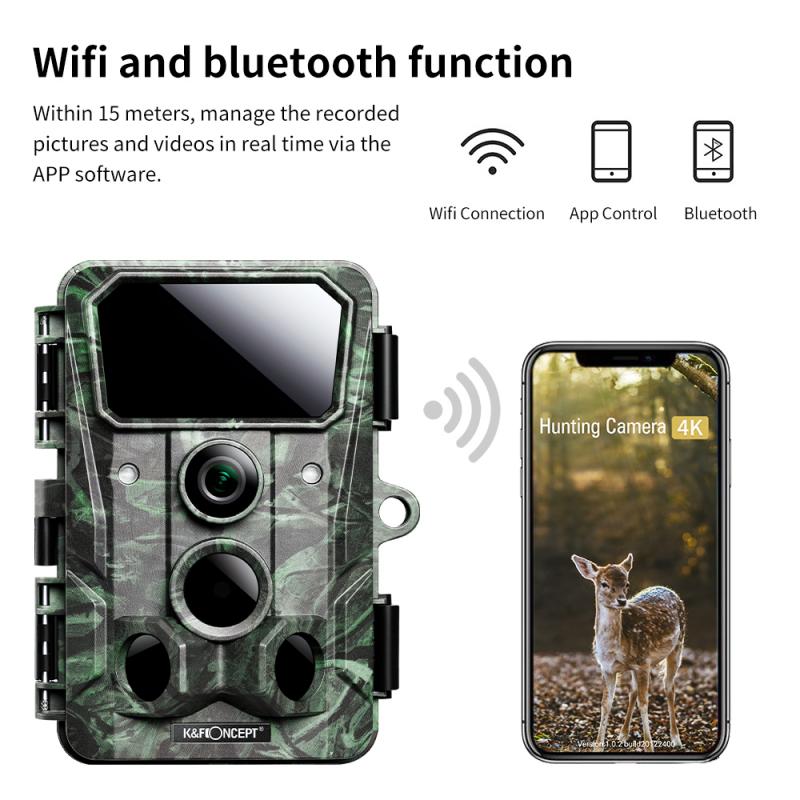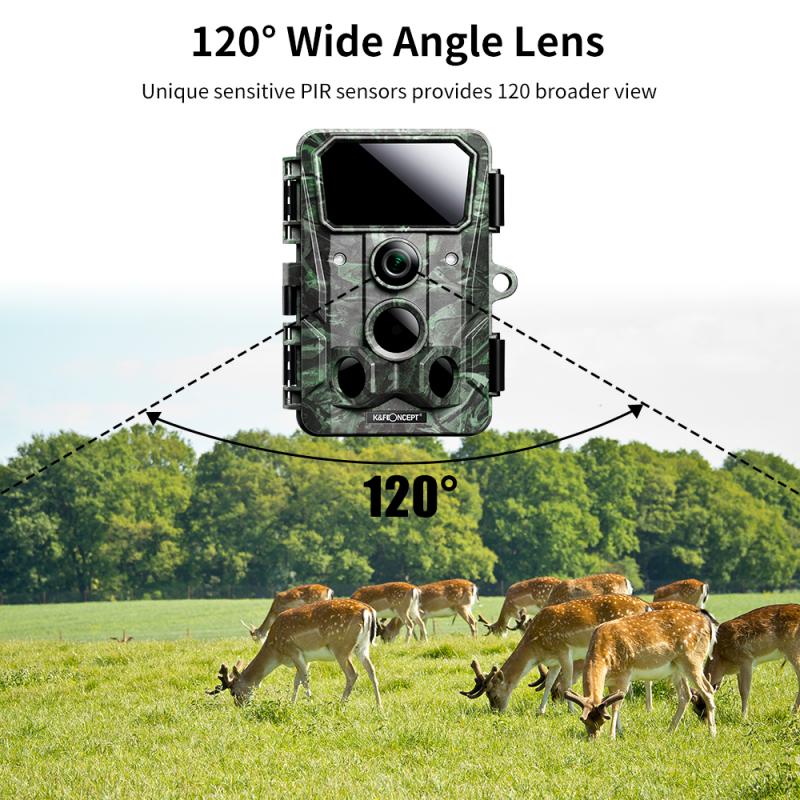How To Find Night Vision Camera?
In today's increasingly security-conscious world, night vision cameras have emerged as a vital tool for both personal and professional use. Whether it's for home security, wildlife observation, or professional surveillance, knowing how to find the right night vision camera can be a crucial endeavor. This article will guide you through the essential considerations and choices you need to make while selecting a night vision camera to suit your specific needs.
Understanding Night Vision Technology

Before diving into the process of selecting a night vision camera, it's essential to comprehend the technology behind them. Night vision functionalities typically rely on two primary technologies: Infrared (IR) Illumination and Thermal Imaging.
1. Infrared Illumination: This technology involves the use of IR LEDs that emit light invisible to the human eye but detectable by the camera sensor. The camera translates IR light into clear images. This is a common feature in security cameras for providing night vision capabilities.
2. Thermal Imaging: Unlike IR illumination, thermal imaging doesn't rely on light but instead captures the heat emitted by objects and translates that heat into images. This is especially useful for detecting intruders as well as for wildlife observation at night, as it doesn't depend on visible light.
Knowing which of these technologies aligns with your requirements can greatly narrow down your choices.
Determining Your Needs

Once you understand the basic technology, identifying what you need from a night vision camera is the next step. Different scenarios demand different features, and here are some considerations you should keep in mind:
- Purpose of Use: Determine whether you need the camera for indoor or outdoor use. Outdoor cameras require weatherproof features, while indoor cameras can focus more on resolution and storage needs.
- Image Quality: Consider the resolution. Night vision cameras can range from standard resolution to high definition and even 4K. Higher resolution means clearer images, which can be crucial if you need to identify individuals or read license plates.
- Range and Field of View: The distance the camera can effectively record in the dark is essential. Look for cameras that have a long-range infrared capability if you need to monitor vast areas. Similarly, the field of view determines how wide an area your camera can cover.
- Motion Detection and Alerts: Cameras with these features can save storage space and power by only recording when motion is detected. Alerts can be sent to your phone or email, providing real-time updates on any potential issues.
- Connectivity: Decide if you need a wired or wireless system. Wireless systems offer more flexibility but might require a stable Wi-Fi connection.
- Power Source: Ensure the camera's power needs match your setup. Options include battery-powered cameras, solar-powered for eco-friendly installations, or those that connect to a power outlet.
Shopping for Your Night Vision Camera

With a clear understanding of the specifications you need, shopping becomes easier. Here’s how you can proceed:
1. Research Brands and Models: Look up popular brands renowned for quality night vision cameras, such as Arlo, Nest, Hikvision, and FLIR. Each offers a variety of models catering to different needs, from basic home security cameras to advanced professional-grade systems.
2. Read Reviews: Customer reviews and professional critiques are invaluable resources for gaining insight into a product’s performance and reliability. Look for reviews that address the camera's night vision capabilities directly.
3. Budget Considerations: Determine your budget range prior to shopping. Night vision cameras can range significantly in price, with basic models being relatively inexpensive and advanced models, including thermal imaging capabilities, costing much more.
4. Check Warranty and Support: Ensure that the camera you choose comes with a solid warranty and that customer support will be available should you encounter any issues.
5. Visit Specialty Stores: If possible, visit electronic stores that specialize in surveillance equipment. This allows you to see the cameras in action and to ask for expert advice tailored to your particular needs.
6. Online Marketplaces: Websites like Amazon, B&H, and specialized surveillance electronics sites offer a vast selection. Take advantage of comparison features to evaluate different models side by side.
Installation and Maintenance

Once you've chosen a camera, proper installation and maintenance ensure your investment continues to perform effectively:
- Installation Tips: For outdoor cameras, position them at a height that balances field of view with vulnerability to tampering. Ensure nothing obstructs the IR LEDs or camera lens. Meanwhile, indoor cameras should cover entry points and valuable areas with a clear, unobstructed line of sight.
- Calibration: Adjust the settings according to your environment—some cameras allow you to tweak brightness and contrast settings which can be beneficial in extremely dark areas.
- Regular Maintenance: Periodically clean the camera lenses and housing to prevent dirt or cobwebs from impairing image quality. If using battery-powered models, check battery levels regularly.
- Software Updates: Some cameras come with software that might require occasional updates. Keeping this software current ensures you have the latest features and security enhancements.
Finding the right night vision camera involves understanding your unique needs and the technology available. By narrowing down your choices based on clarity of purpose, essential features, and budget, you can find a camera that's both reliable and effective. As technology continues to evolve, staying informed by researching trends and new models will also help you make the best purchasing decisions. Remember, the ideal night vision camera not only meets your current needs but can adapt to future challenges as well.

There are no comments for this blog.